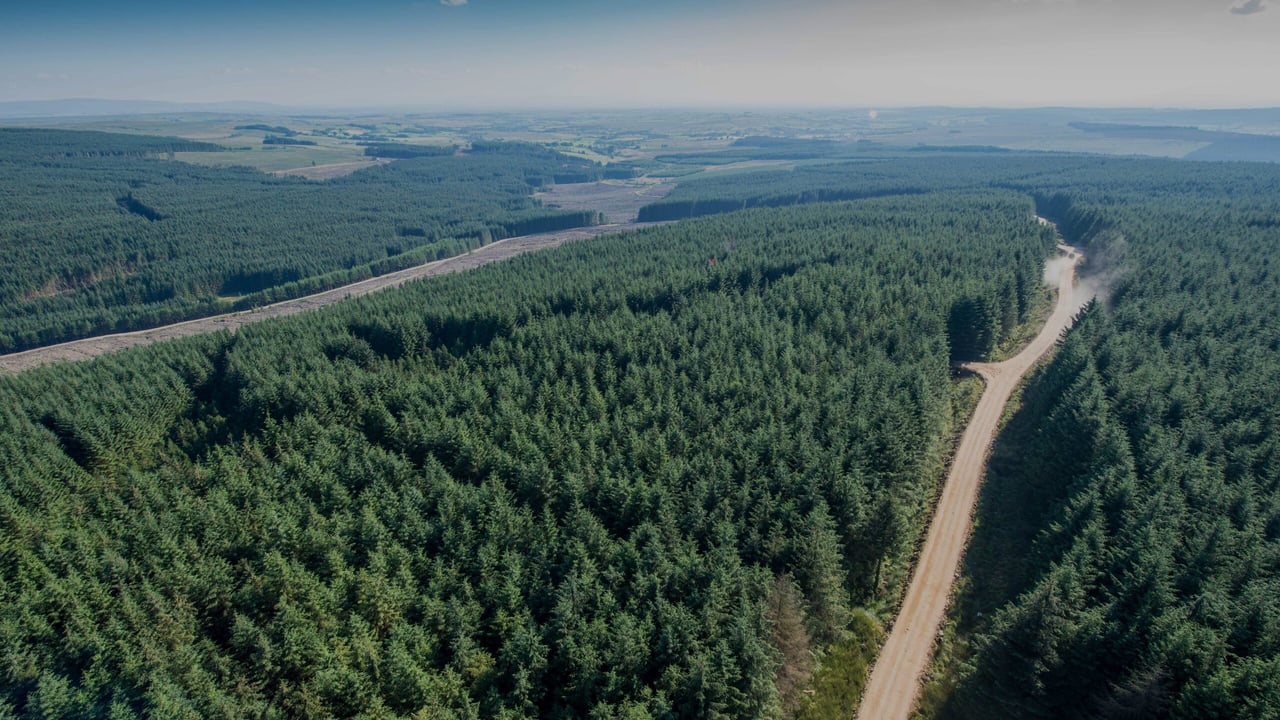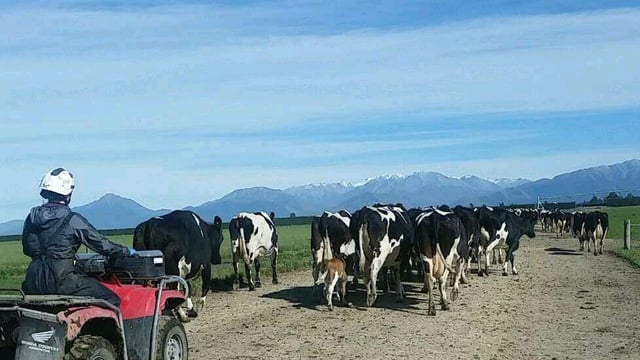Project Woodland: What's the new plan for fixing forestry?
Last week (Thursday, February 25), the Department of Agriculture, Food and the Marine revealed ‘Project Woodland’ – a new strategy to address the issues in the forestry sector.
The initiative comes on the back of a report by Jo O’Hara, a private consultant who was formally a British forestry commissioner; the chief forester for Scotland; and the chief executive of Scottish Forestry.
Her report was commissioned by the department in the hope that it would suggest ways to implement the recommendations of an earlier report – the Mackinnon Report – into the various challenges the sector faces.
These workstreams are: addressing the current backlog in licence applications; improving the licencing process; developing the organisation in the department that deals with forestry; and developing a “shared national approach”.
So what exactly do these workstreams aim to do?
Workstream 1: Reducing the backlogs
This workstream caters for a single recommendation in the original Mackinnon Report, and covers all licences – roads, afforestation and felling.
The objectives of this workstream is to reduce the current backlogs of all types of licence in breach of agreed processing times to an acceptable level, whilst ensuring that regulatory standards are maintained; and to ensure that any future growth of a backlog is identified and managed.
Workstream 2: Shared national approach
This workstream accounts for nine recommendations from the MacKinnon Report. The O’Hara Report groups them together as they are all aimed at raising the profile of forestry and encouraging development in the sector as a whole.
The objectives of this workstream, as set out in the O’Hara Report, are to “establish a cross-society vision” for the role of forestry, aligning the actions of public organisations to that purpose; and establishing an assessment of the suitability and availability of land for different types of forestry.
Workstream 3: Organisational development
This workstream concentrates on five of the Mackinnon recommendations, which together are concerned with streamlining the department’s forestry resources.
In their meetings with O’Hara, many stakeholders noted that the department is “always reacting”; appears to take a “ad-hoc” approach to issues; and “lacks visible leadership”.
The objectives of this workstream are to ensure staff, structures and systems in the department can meet the requirements of Irish forestry; and that the department, COFORD, Teagasc and Coillte work better together.
O’Hara also argued that there is an “unhelpful personality-driven blame culture” externally when it comes to department leadership and management.
Workstream 4: Process improvement
This workstream accounts for eight of the Mackinnon recommendations, and concerns improving the licencing processes into the future.
The objectives are to ensure that the licencing processes deliver better results; fully address legal and regulatory requirements; and deploy resources more effectively.
According to O’Hara, “poor practice” from applicants, including “inappropriate ‘cut-and-paste’ applications and speculative applications”, will have to be driven out.
Workstreams working concurrently
The workstreams will work concurrently, and each will be supported by a working group made up of stakeholders drawn from Minister of State Pippa Hackett’s existing Forestry Policy Group.
Each working group will be chaired by an “independent, experienced outsider”, according to the minister.





